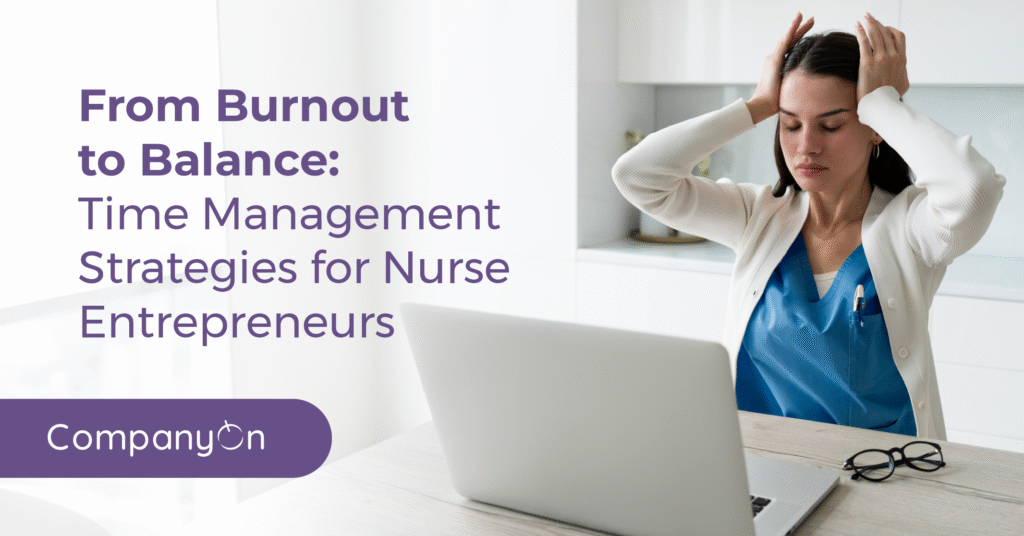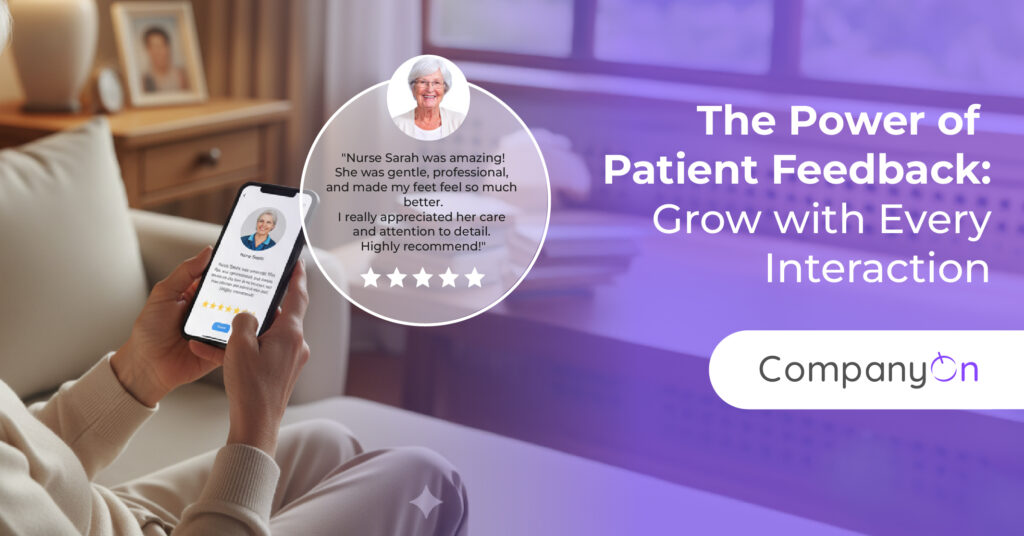As a solo practitioner and business owner, creating a safe and healthy work environment isn’t just good practice — it’s a legal and professional obligation. While the excitement of launching your own healthcare business can be energizing, it’s easy to overlook certain foundational elements like occupational health and safety (OHS).
In this article, we’ll walk you through the essential workplace safety requirements for independent providers and how you can demonstrate your commitment to protecting yourself, your clients, and any collaborators you work with.
Why Workplace Safety Matters for Solo Providers
Starting a solo healthcare practice is an exciting journey filled with new responsibilities — from business registration and branding to setting up digital tools and managing client care. But amidst all this, one aspect that often gets sidelined is establishing a comprehensive health and safety plan.
Whether you’re working from a clinic, providing mobile services, or visiting patients at home, the risks are real — and so are your responsibilities.
According to WorkSafeBC, all business owners, regardless of team size, must follow specific health and safety regulations outlined in the Workers Compensation Act and the Occupational Health and Safety Regulation (OHSR).
Your Legal Responsibilities as an Employer
Even if you’re a team of one, the law considers you both an owner and an employer. This means you’re responsible for implementing safety protocols that protect:
-
Yourself
-
Your clients
-
Any staff, contractors, or support personnel you may work with
Your responsibilities include creating systems to prevent accidents, training yourself (and others if applicable), and staying compliant with provincial workplace safety regulations.
👉 For more on managing risks in your practice, read:
Essential Risk Management Strategies for Solo Healthcare Practitioners
✅ 8 Basic Occupational Health & Safety Requirements
Outlined by WorkSafeBC, here are the eight essential steps to creating a safe working environment:
1. Know Your Rights and Responsibilities
Familiarize yourself with the OHS Regulation and the Workers Compensation Act. Understand the obligations of employers, workers, and supervisors—even if you’re fulfilling all those roles.
2. Develop a Health and Safety Program
Create a written plan that outlines how you’ll handle emergencies, manage hazards, and maintain safety standards in your day-to-day operations.
3. Manage Risk in the Workplace
Identify potential hazards specific to your services (e.g., patient lifting, biohazard exposure) and take steps to mitigate them. This can also include ergonomic risks for mobile providers.
👉 Related: How to Conduct a Self-Audit of Your Practice for Quality and Compliance
4. Perform Regular Inspections
Conduct safety checks of your workspace, equipment, and supplies. This applies whether you’re working from a clinic, traveling to clients, or offering telehealth services.
5. Ensure Proper Training and Orientation
If you ever bring on team members or collaborate with other professionals, you’re responsible for ensuring they’re trained on safety protocols.
6. Establish a Joint Health and Safety Committee (if applicable)
For solo practitioners without staff, this may not be required. But if your practice grows, you must comply once you surpass staffing thresholds set by your region.
7. Investigate and Report Incidents
Document and report any accidents, near misses, or injuries. Keeping thorough records not only helps prevent recurrence but also protects your business.
8. Meet First Aid Requirements
Maintain access to appropriate first aid kits and training, especially if you’re performing procedures in the field or home environments.
How to Show Your Commitment to Health & Safety
Maintaining a safe practice isn’t just about ticking boxes for compliance — it’s about building trust with clients and upholding your professional standards.
Here’s how to put that commitment into action:
-
Regularly update your safety protocols
-
Conduct mock emergency drills (even solo!)
-
Include safety planning in your business reviews
-
Document all compliance efforts for your records
👉 Also read: What Is a Solo Practitioner’s Role in Health and Safety?
By actively engaging in workplace safety, you show clients and collaborators that you’re a responsible provider who puts people first.
Final Thoughts
Health and safety compliance isn’t just for large clinics — it’s a cornerstone of sustainable solo practice. Taking time to understand and apply these eight requirements will help you:
-
Stay legally compliant
-
Prevent costly incidents
-
Protect your professional license
-
Grow your business with confidence
At CompanyOn, we’re here to help you build a safer, smarter, and more efficient practice with tools designed specifically for independent providers.
🛠️ Ready to simplify safety and admin in your practice?
👉 Book a free 1:1 session with our team to learn how CompanyOn helps practitioners like you stay compliant and productive.
Ready to make the switch?
Try Our Platform Free for 14 days.
See CompanyOn in Action
Schedule A Free 1:1 Personalized Demo






